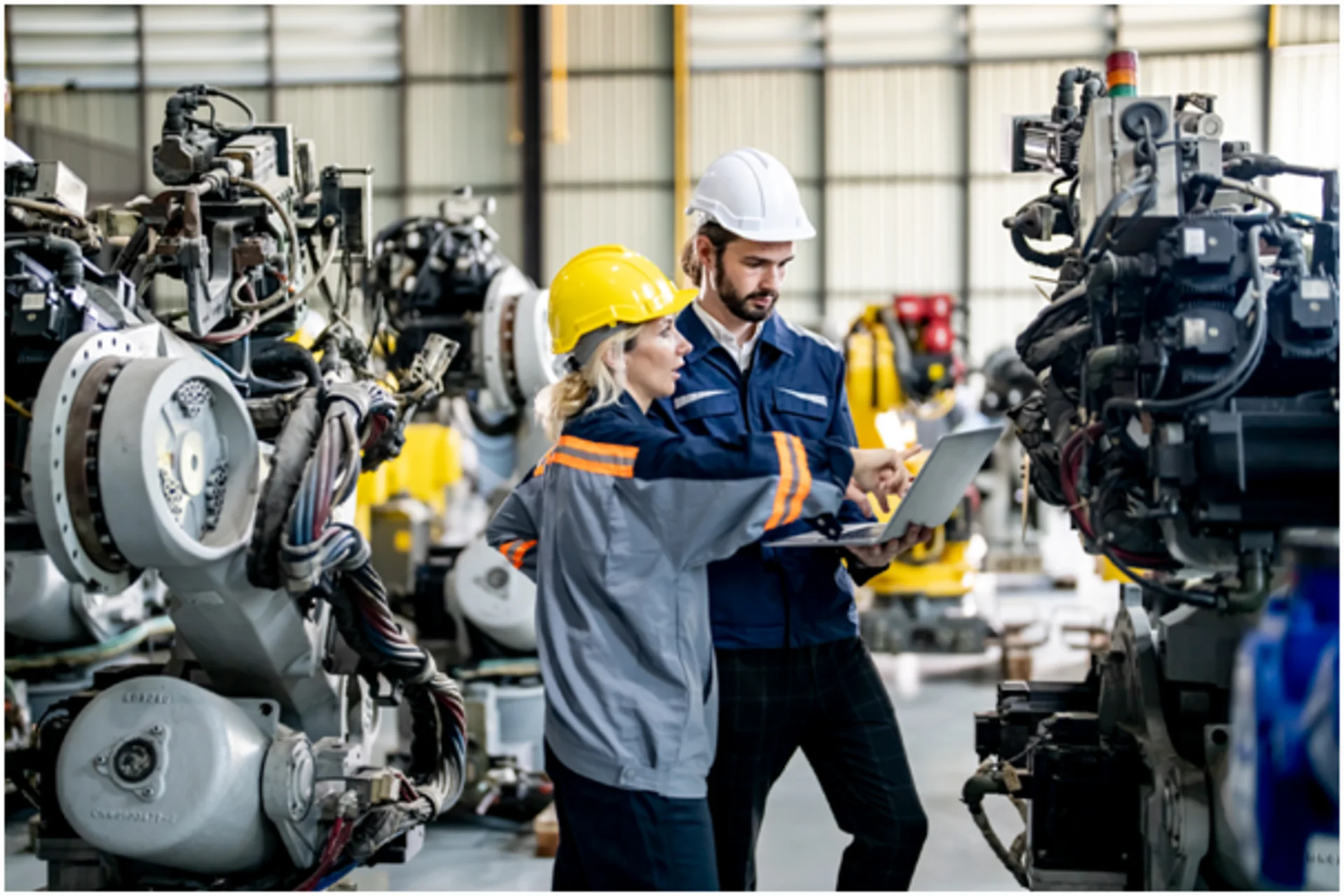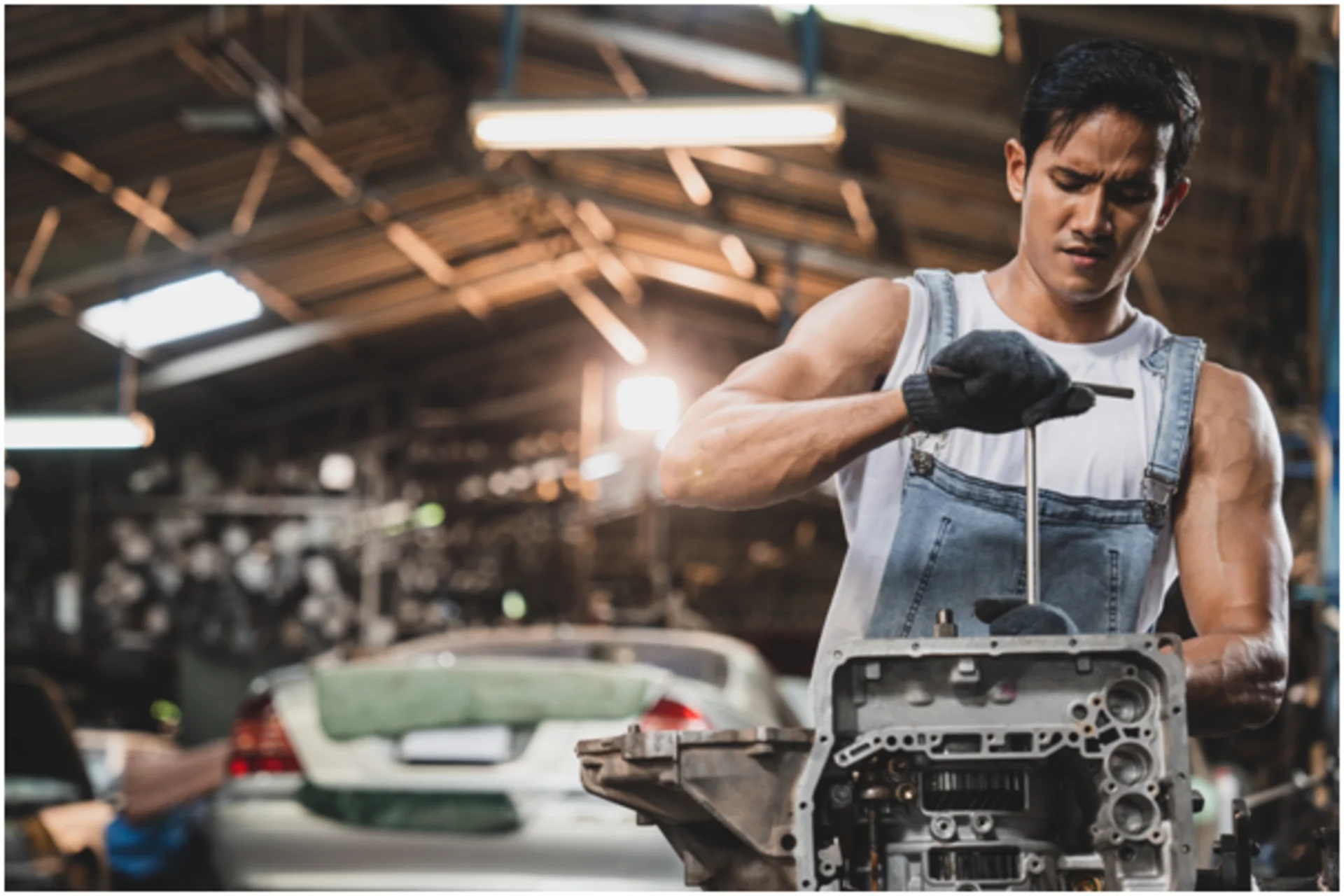Automation In Manufacturing: All You Need To Know
Automation in manufacturing has helped in aiding the manufacturing industry in reaching an approximate worth $200 billion. Gratefulness to technological developments, it has seen many modifications in recent years and one of the sectors that has greatly aided from this is the manufacturing industry. Automation in manufacturing is the result of technological advancement around the world. The main reason being that it has become possible for manufacturers to attain greater control of their operations by expanding production capacity or decreasing costs through automating their production methods and mastering production schedules.
What Is Automation In Manufacturing?
Manufacturing automation refers to the design of technologies such as tools and software to automate production techniques. It may seem like a fictional concept, but it is not a valid assessment. There is evidence of many simple attempts to automate duties throughout history.
Types Of Manufacturing Automation
The manufacturing process is of various types. As such, there are several types of manufacturing automation that cater to several aspects of auto body repair. These types include-
1. Fixed Automation
Fixed automation is also known as hard automation. It is generally a network where manufacturing automation is set to manufacture a single product and within individual devices. Fixed automation is used for manufacturing large amounts and has a high boundary of entry.
Heavy automation brings together many sequences and creation operations. As such, once the appliance is in place, shifting production styles is extremely difficult. More so, if you account for the high primary investment necessary for manufacturing and engineering it.
Examples of fixed automation include Chemical manufacturing procedure, and assembly lines Material conveyor systems (MCS).
2. Programmable Automation
As the name indicates, programmable automation is a production system that depends on a program to regulate it. The program fulfils a set of teachings that the system reads, interprets, and then executes.
The main feature of programmable automation is that it can shift and can adapt different product compositions or use a different series. You can also input a new strategy to produce other products. Programmable automation is sufficient for batch production.
1:- Examples of programmable automation in aiding mechanic cars include Industrial roots, numerically regulated machine tools, and programmable logic controllers.
3. Flexible Automation
In some ways, flexible automation is identical to programmable automation. Its layout allows it to respond to production alterations quickly, such as product volume. To run, faculty program computerized systems to govern the machines. Modifications, they can use Human Machine Interfaces.
In this setup, the main computer system regulates the production and material-handling systems. Therefore, flexible automation is adequate for batch production. Moreover, it is a great choice if you want to produce different product categories simultaneously.
1:-Examples of flexible automation include Assembly lines, Robotics Material handling systems.

Advantages Of Automation In Manufacturing
Automation in manufacturing is evolving more of a necessity than a luxury. Leveraging the advantages that it offers will give you a crucial competitive advantage. Some of these advantages include:
1. Lower Operating Costs
Although automation may require a significant preliminary investment, it gives great value for capital in the long run. Relying on the task, one machine can execute the work of 3 to 5 auto repair technicians.
2. Increased Workplace Safety
Without an achievable option in the past, some manufacturing processes involve staff working in hazardous conditions. With automation, you can eliminate workers far from dangerous processes or substances.
3. Increased Productivity
In addition to working 24/7, devices can also conserve the same speed throughout. This means your manufacturing process can proceed longer and more efficiently. As a result, you can develop more or work on new commodities without disrupting production.
4. Better Product Quality
Normally, machines can perform manufacturing processes with tremendous accuracy. Also, they maintain a similar production quality throughout. With improved accordance and uniformity, you will have a lower fraction defect rate.
Getting Started with Automation
The question you may ask is how can you get into these automating methods within your manufacturing arena? The main step is by assembling your machines so that you can accumulate data, process it, and make judgments about auto body repair. Only then will you have the awareness of operational achievement across both your equipment and staff to automate procedures and drive greater efficiency.
Learn how Machine Metrics can help you rapidly connect your machines, collect data, and start automating techniques.

Future Of Manufacturing Automation
Despite the leaps in manufacturing automation, there is greatly more yet to come. As automation incorporates artificial intelligence, machine learning, and robotics, methods will become more efficient.
Conclusion
Businesses using manufacturing procedure automation are going to evolve the norm soon. It is not just getting on to be our manufacturer’s floors, as you can already see automation spraying into our homes and streets. And as the technology improves and becomes more accessible, it is only going to evolve to be more crucial that you use manufacturing process automation, even if it is only for one process in your business.
Tags: Auto body repair, Automation in manufacturing, Manufacturing automation, manufacturing process, manufacturing process automation, Mechanic cars